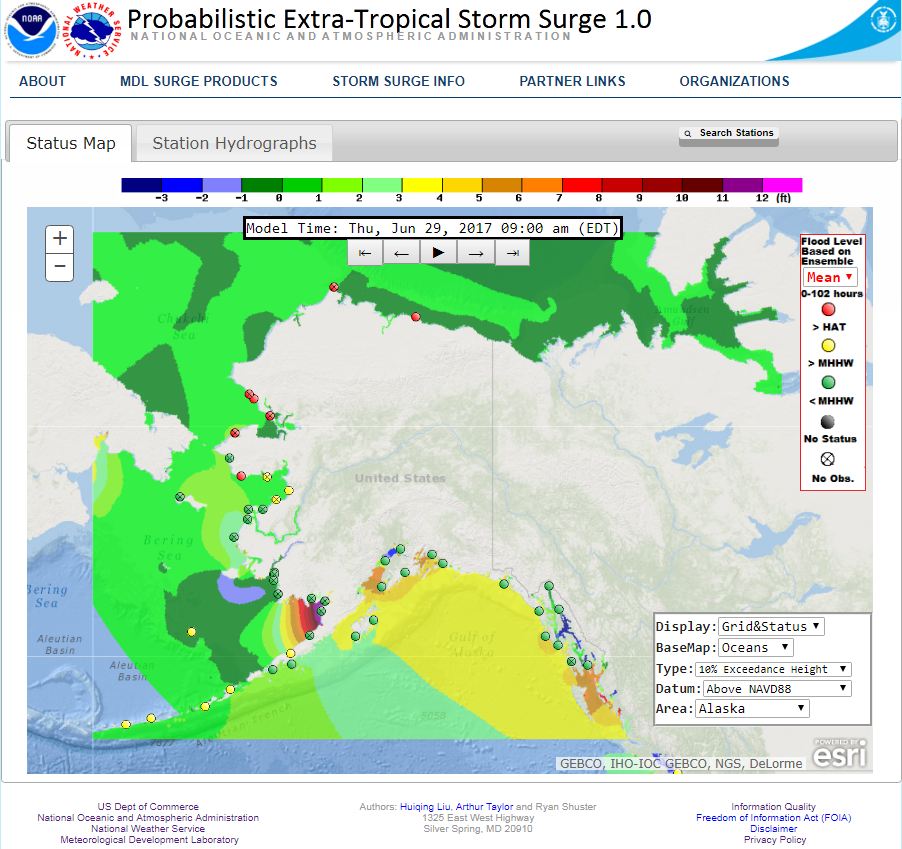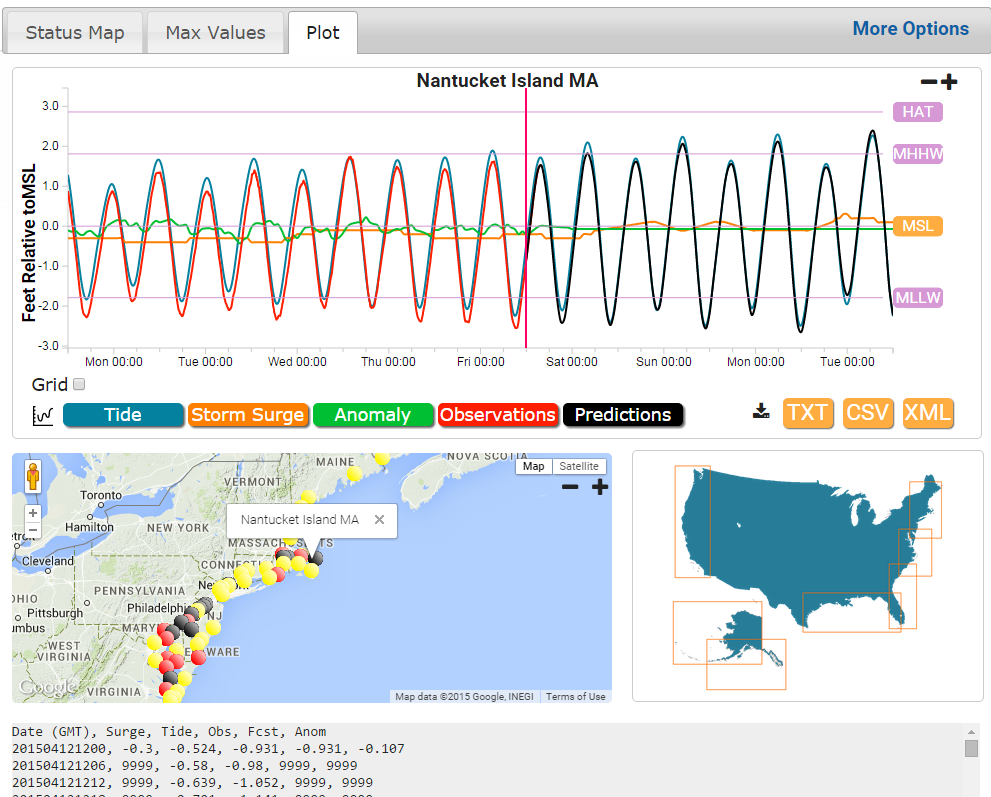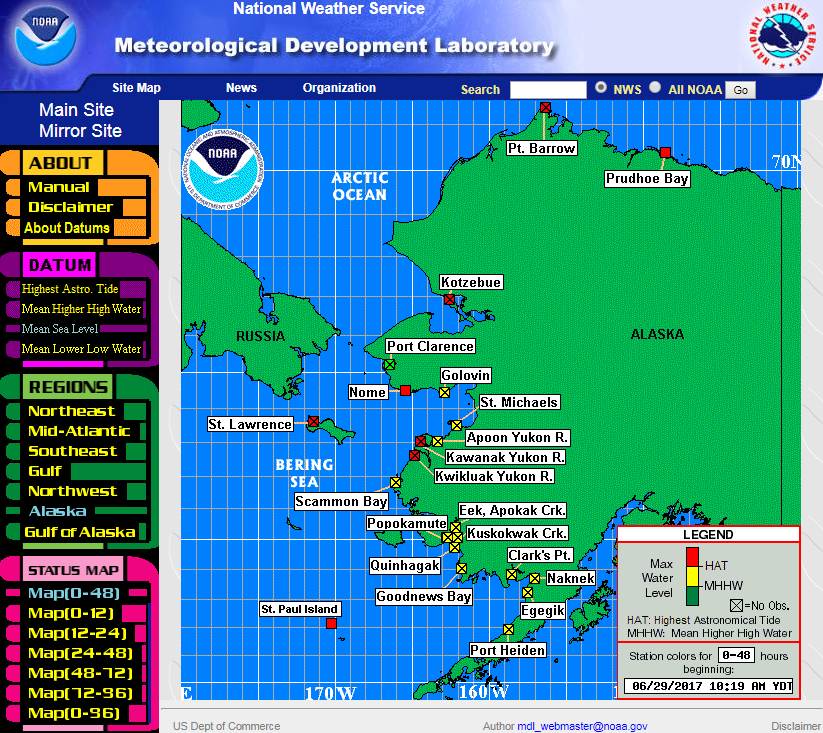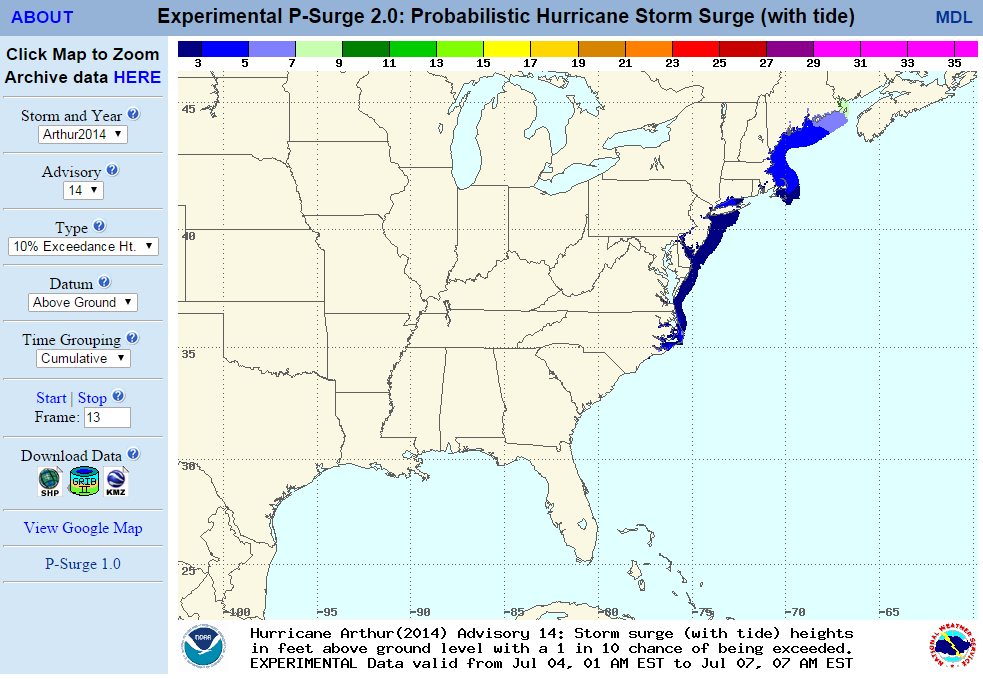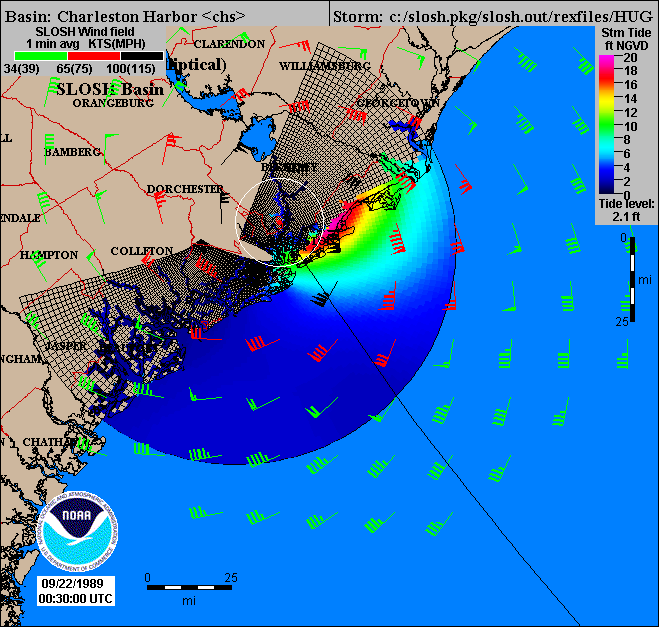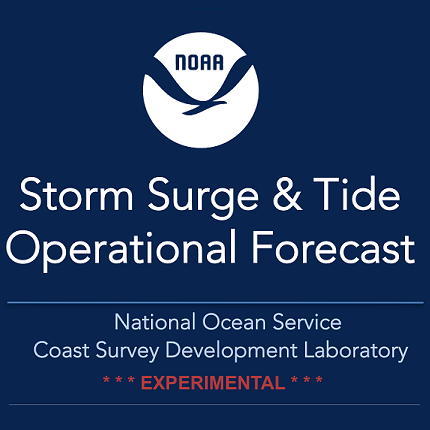| Name |
P-Surge v3.1 |
P-ETSS v1.4 |
ETSS v1.4 |
STOFS v2.3.3 |
| NOMADS - HTTP |
HERE |
HERE |
HERE |
HERE |
| NCEP - FTP |
ftp ftp.ncep.noaa.gov /pub/data/nccf/com/ psurge/prod |
ftp ftp.ncep.noaa.gov /pub/data/nccf/com/ petss/prod |
ftp ftp.ncep.noaa.gov /pub/data/nccf/com/ petss/prod |
ftp ftp.ncep.noaa.gov /pub/data/nccf/com/ stofs/prod |
| NDGD |
Discontinued Sep 2020 |
Discontinued Sep 2025 |
Discontinued Sep 2025 |
|
| Organization |
MDL |
MDL |
MDL |
CSDL |
| Implementation Date |
May 20, 2025 |
Aug 15, 2023 |
Aug 15, 2023 |
Jul 27, 2021 |
| Surge Model |
SLOSH - Parametric |
SLOSH- Gridded |
SLOSH - Gridded |
ADCIRC / SCHISM |
| Wind Model |
Parametric |
GEFS: 31 member, 3hr, 27.5km
GEPS: 21 member, 3hr, 55km, only on 00Z, and 12Z
|
GFS (1hr, 13km) |
GFS |
| Time Range |
102-hr forecast, on demand |
102-hr forecast, 4x a day |
102-hr forecast, 4x a day |
180-hr forecast, 4x a day |

